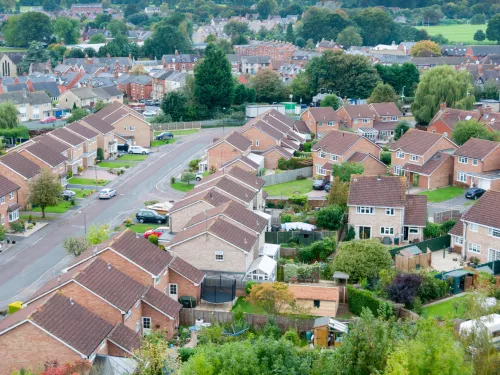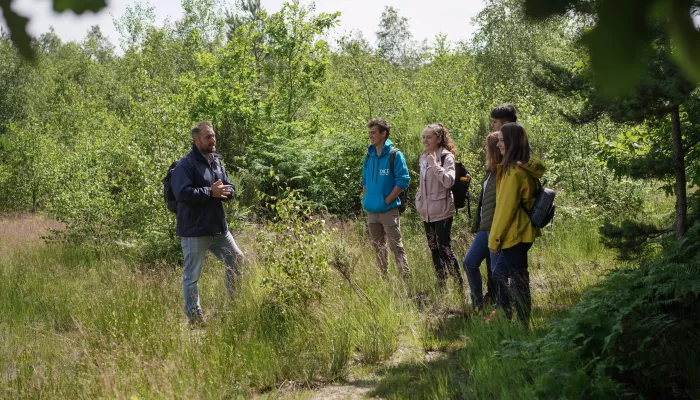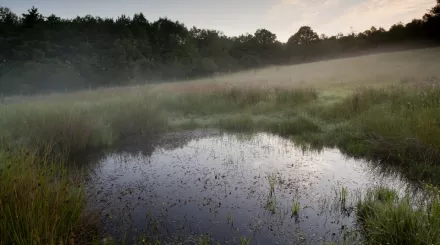
Advice for local planners
Kent Wildlife Trust’s Planning and Policy Team are already providing advice and comments to local planning officers to push for BNG assessments to be held to the highest standards, including the need for habitat creation and enhancement plans to be realistic and deliverable.




